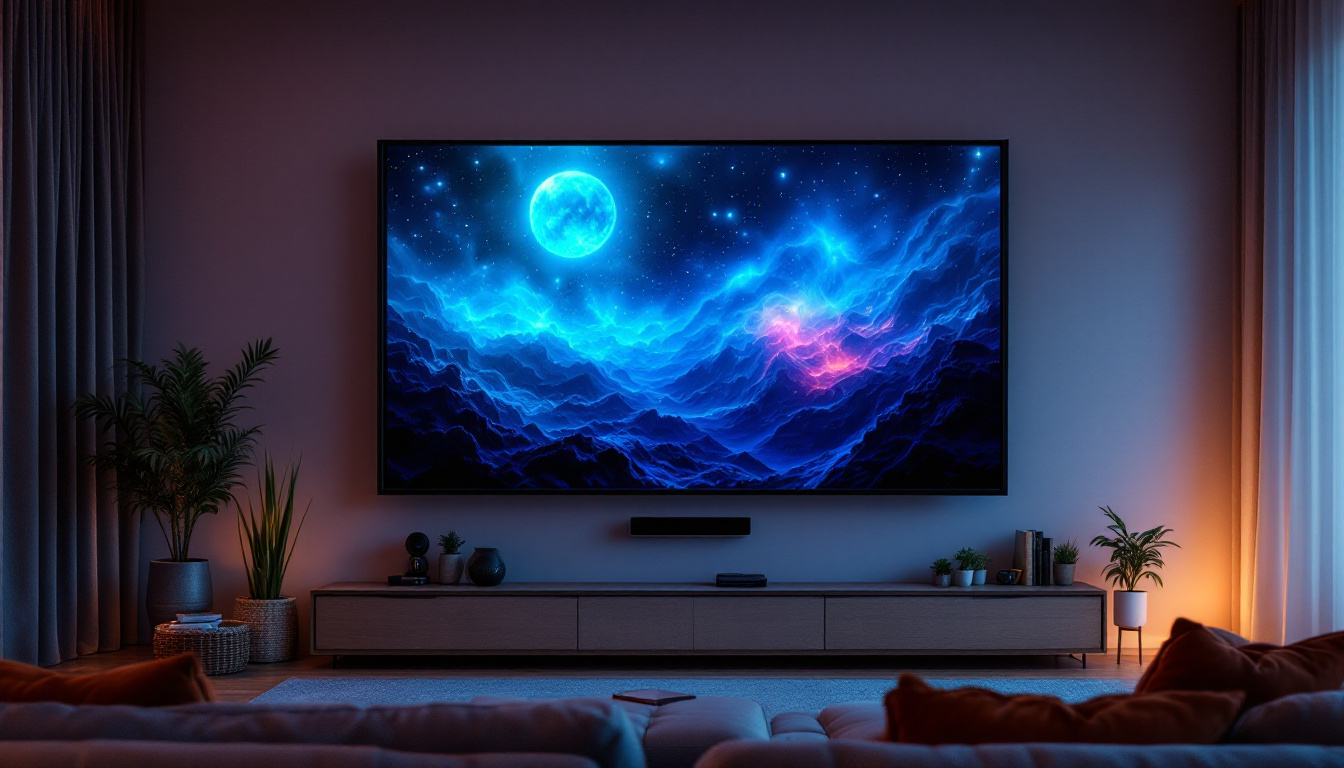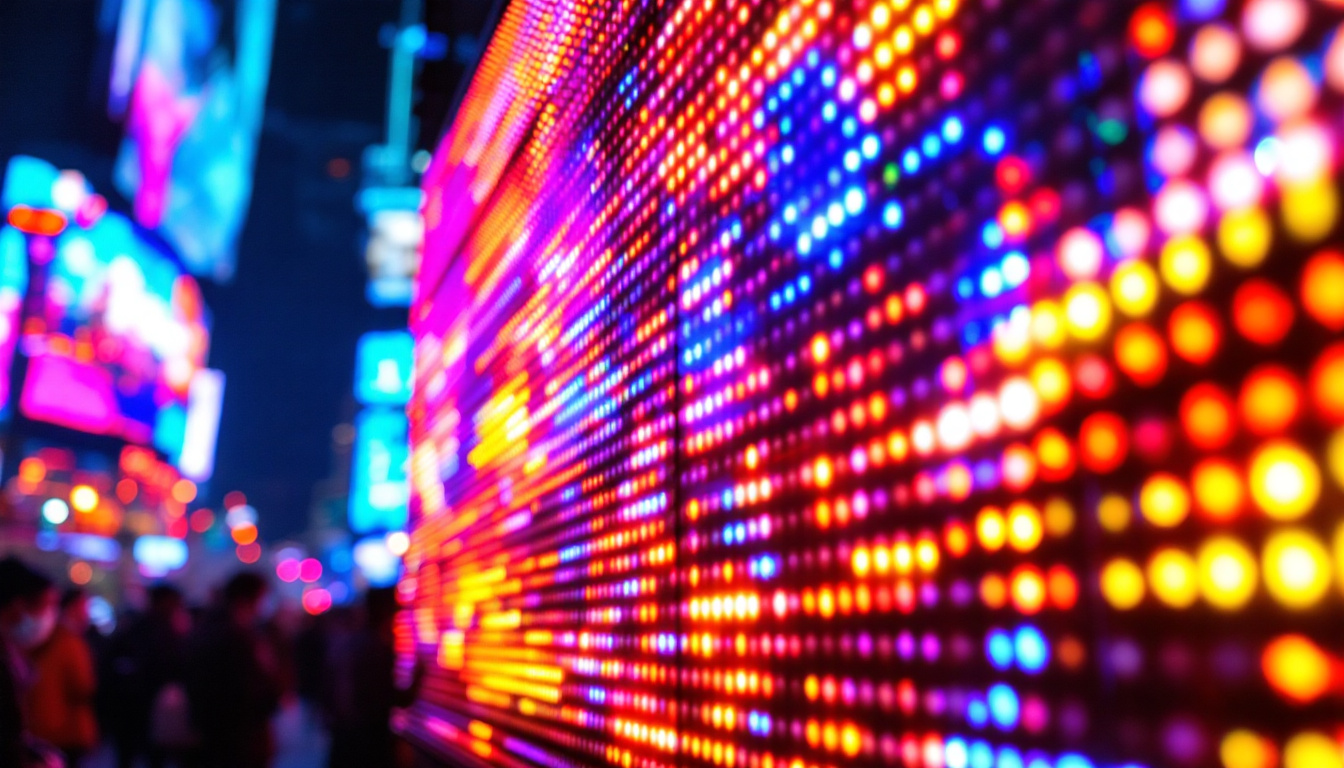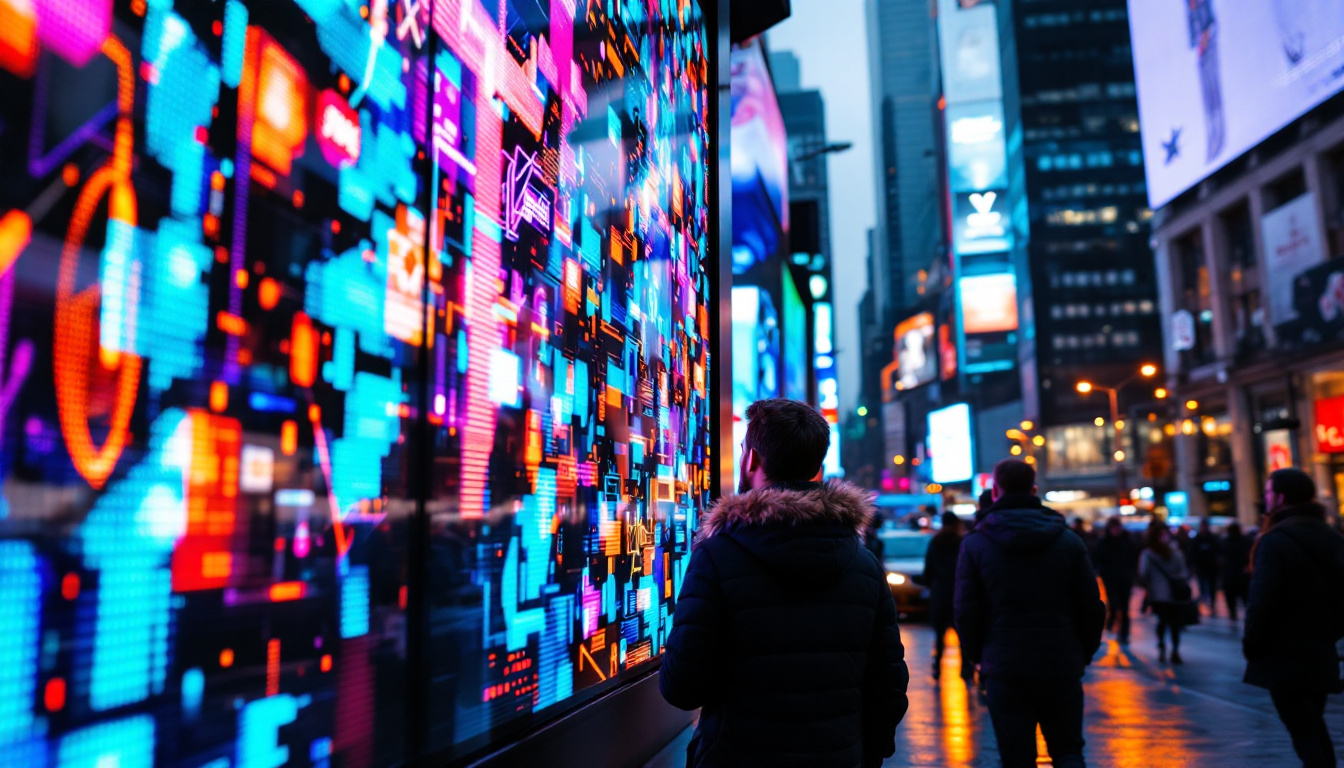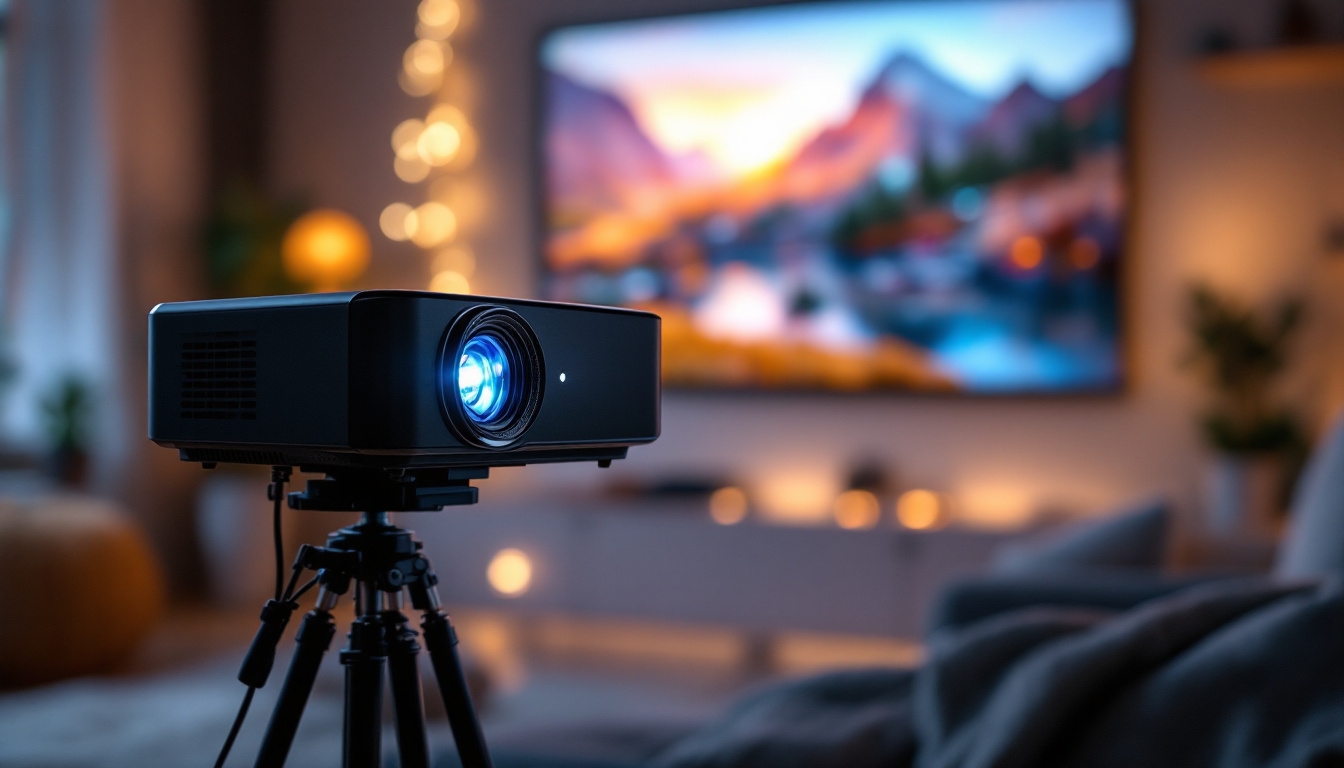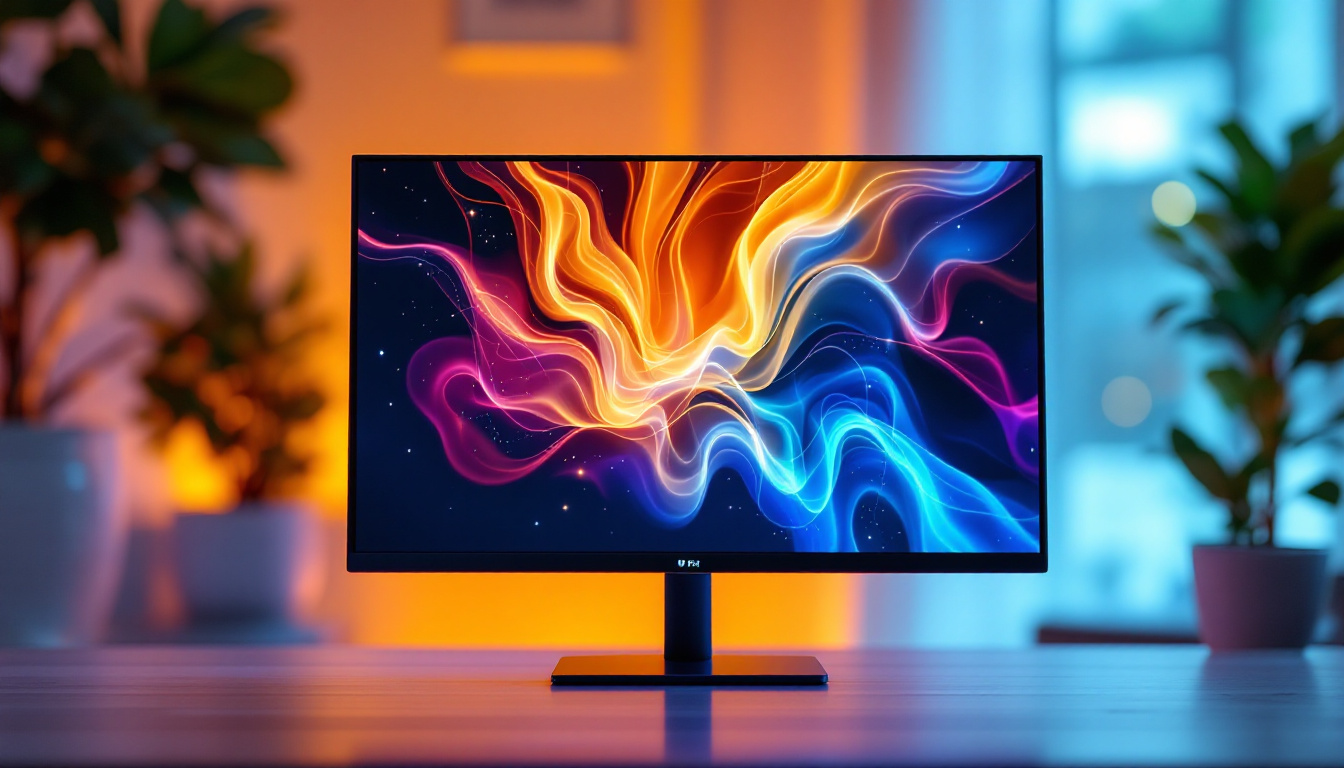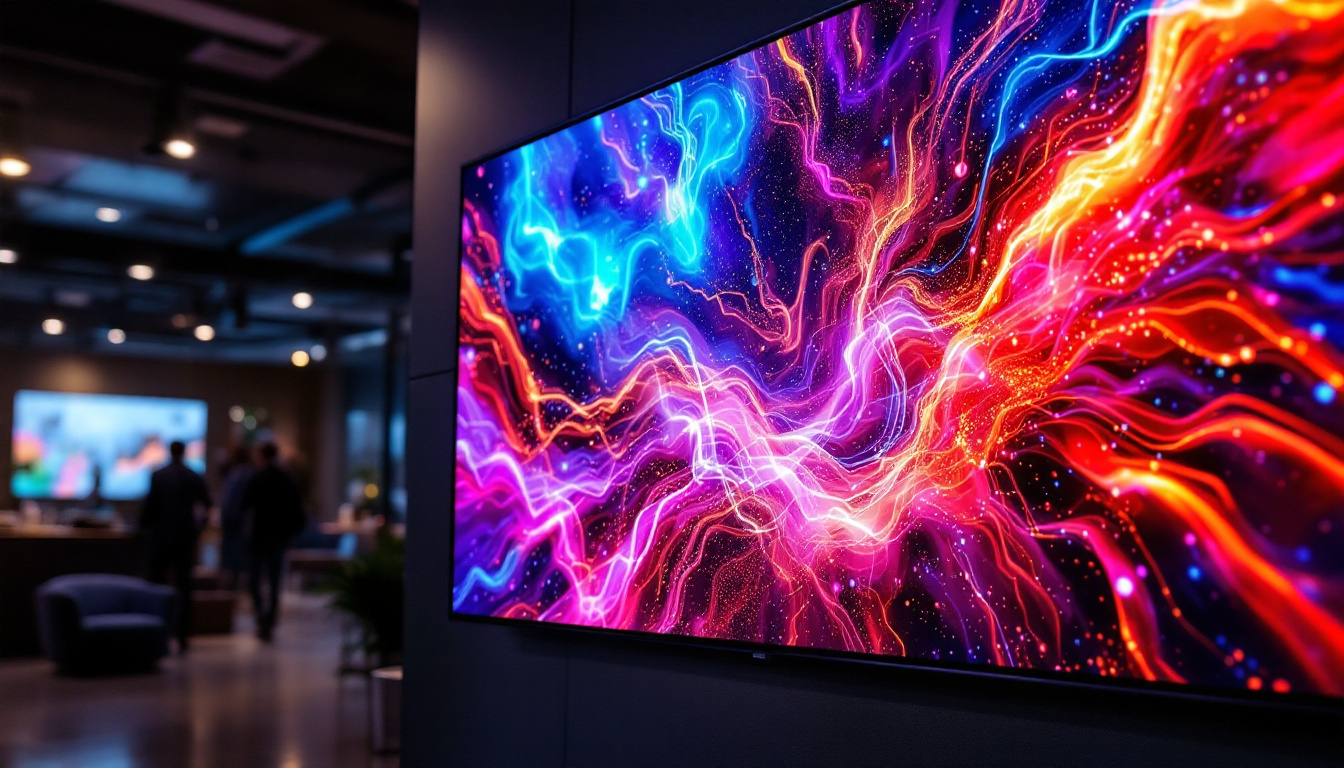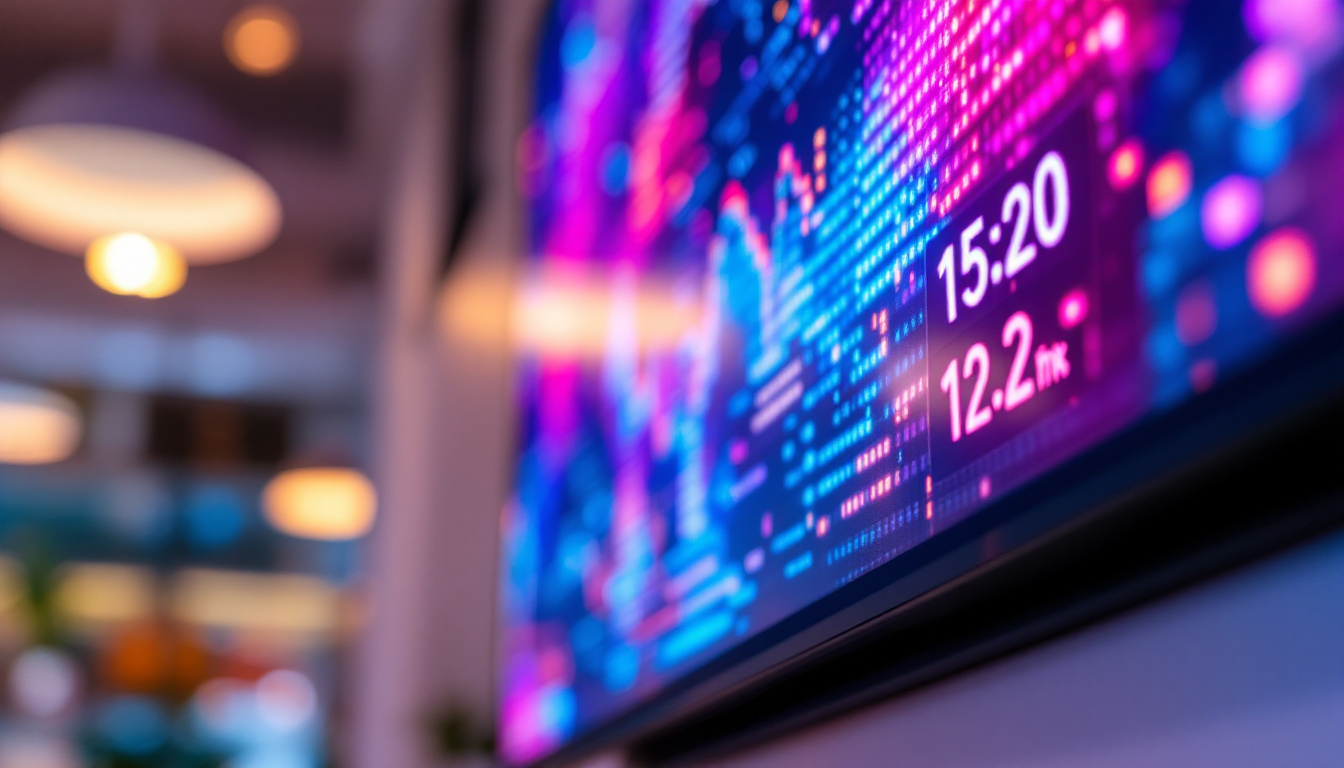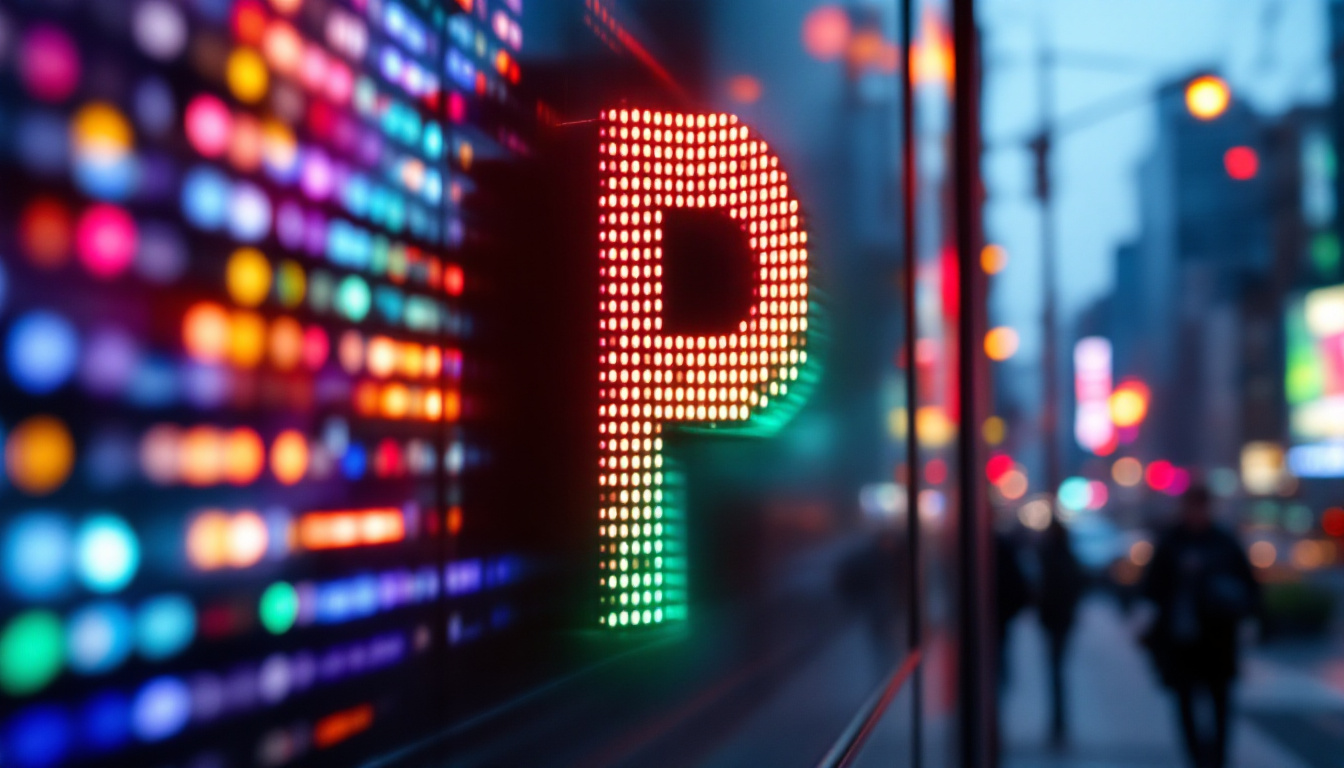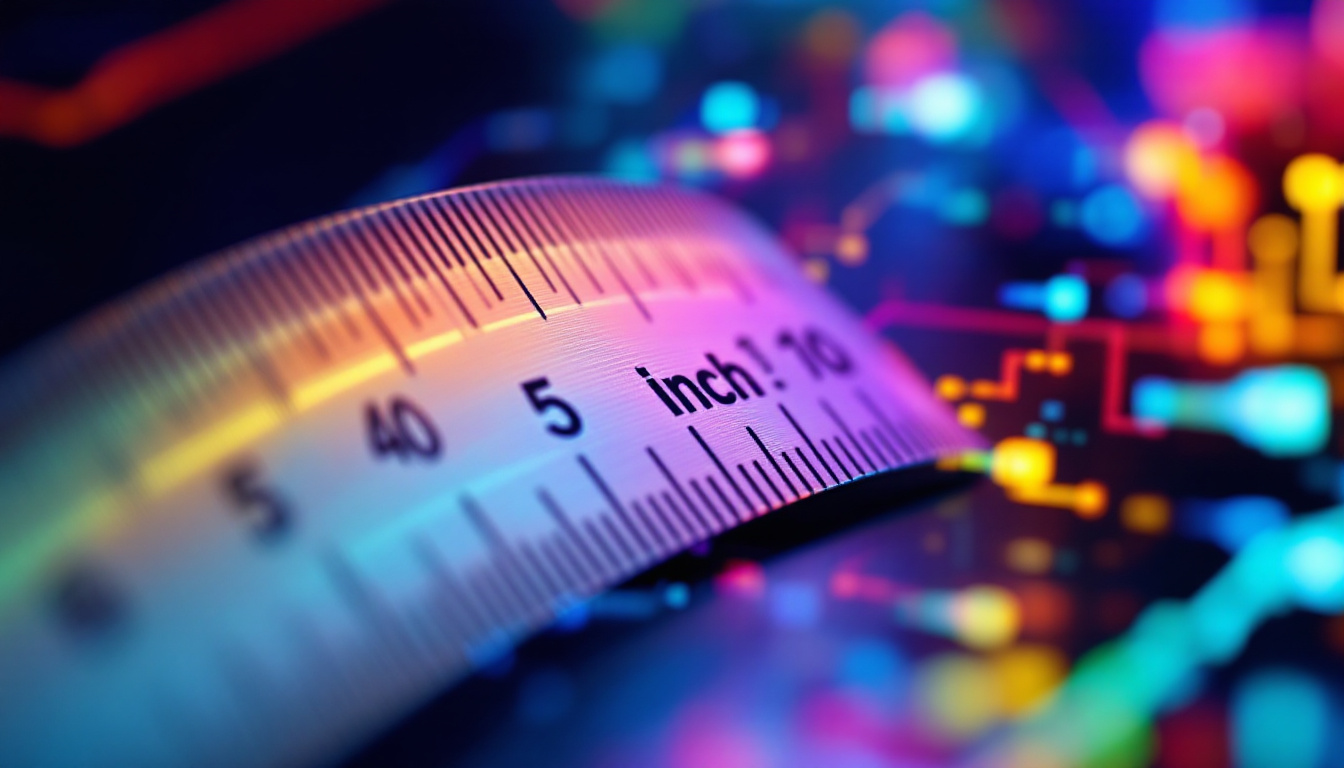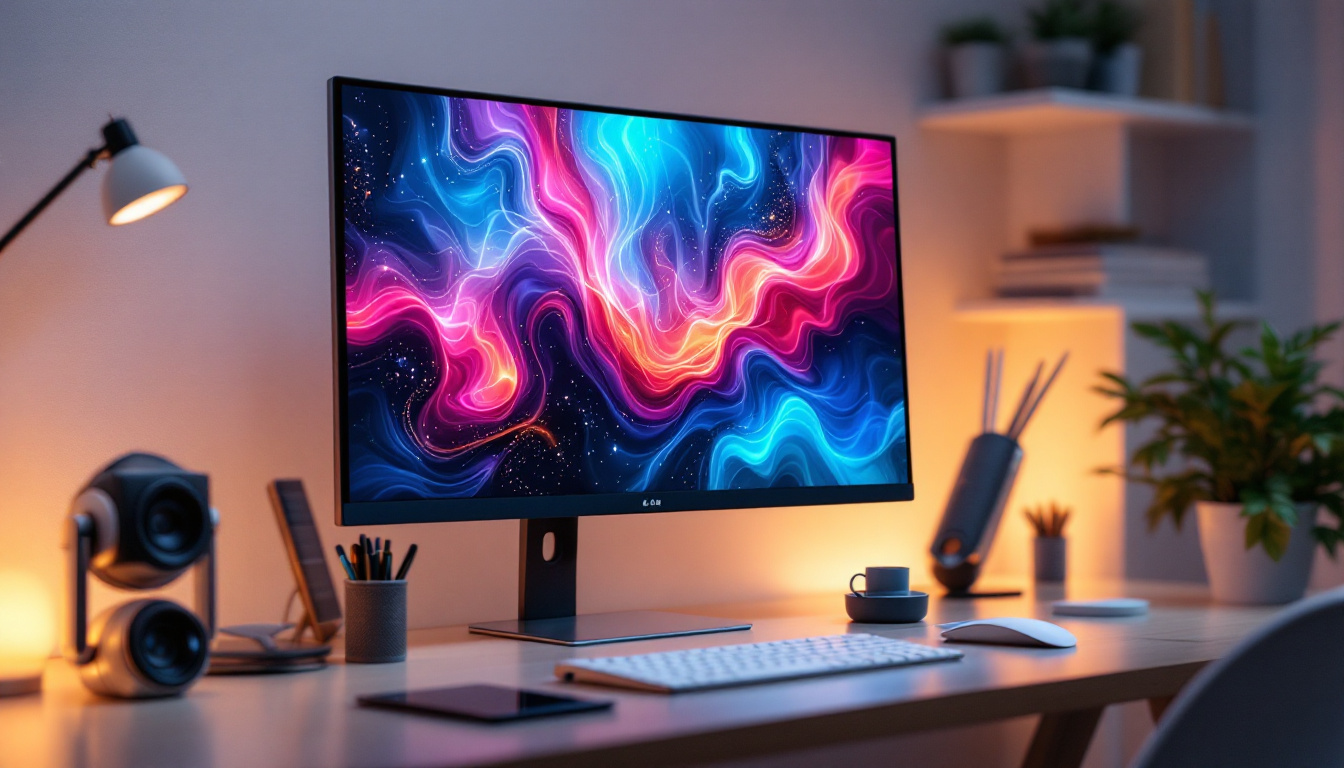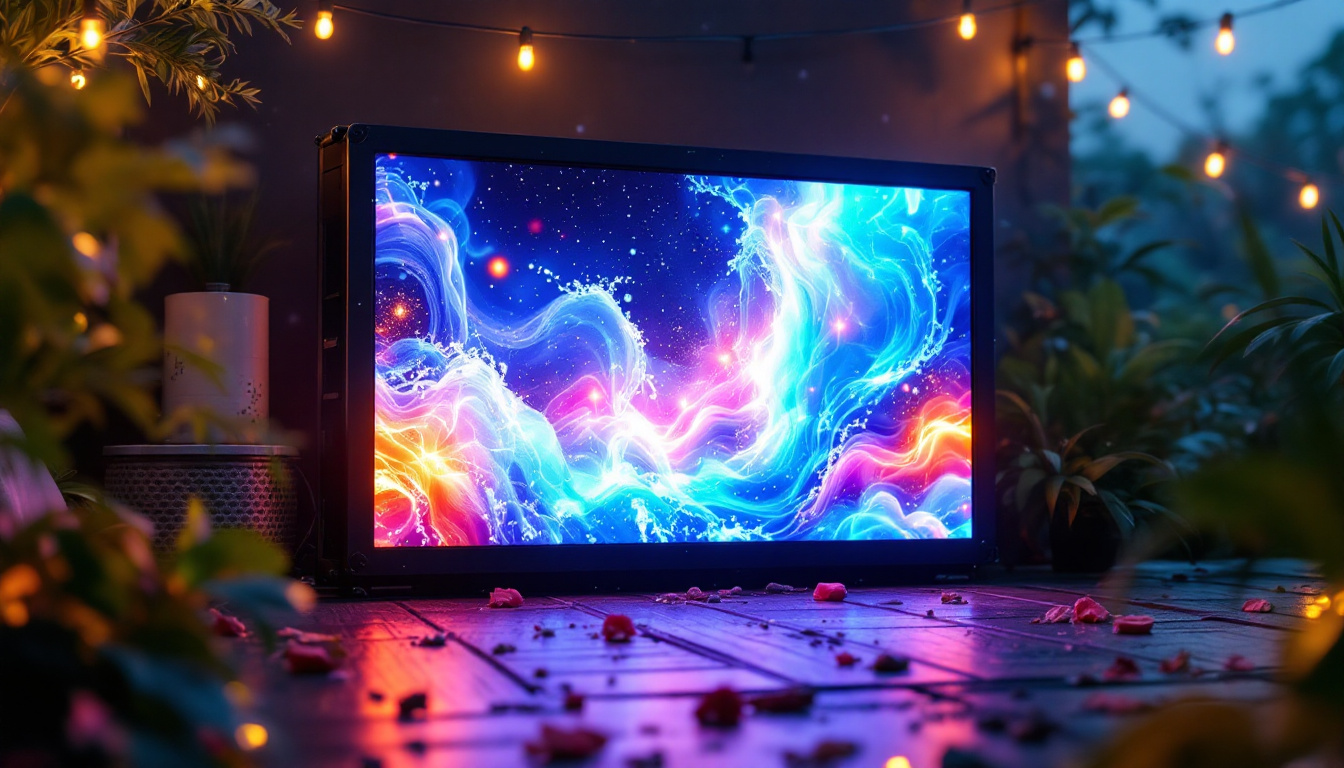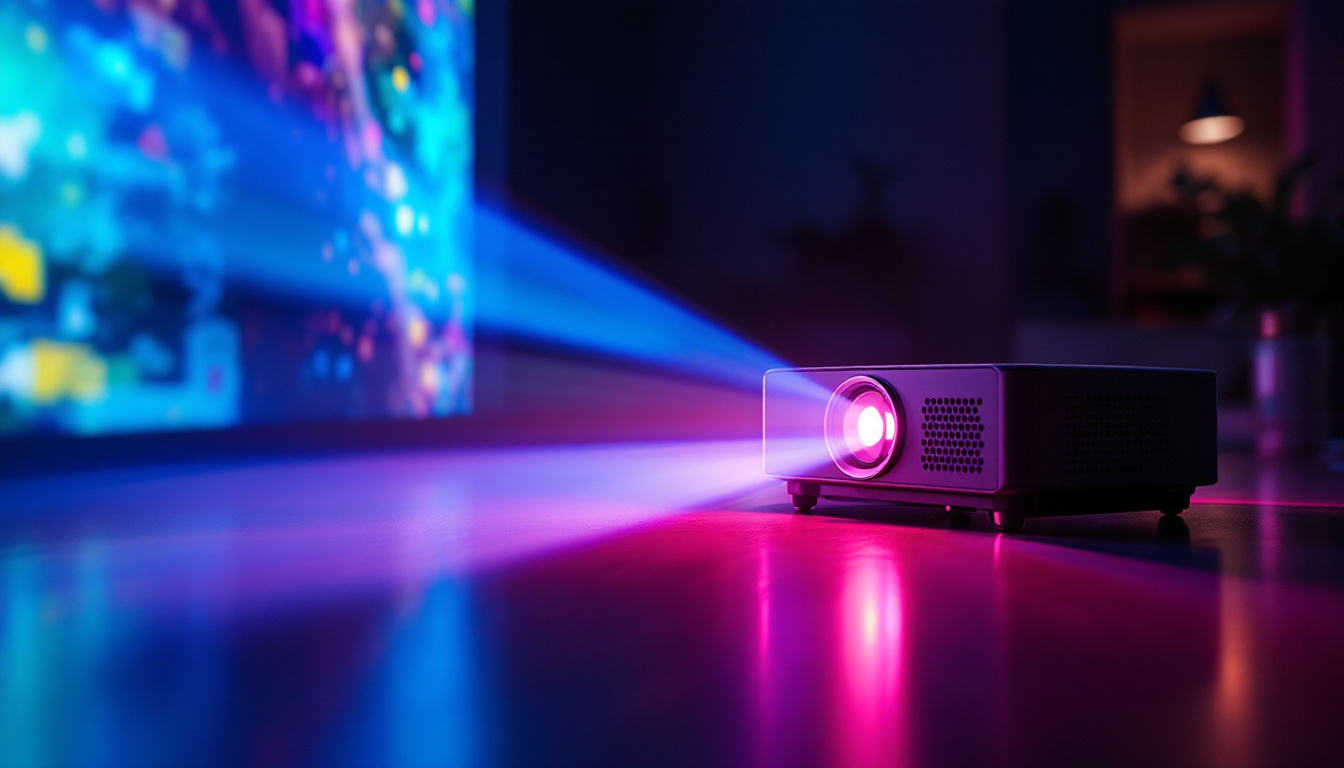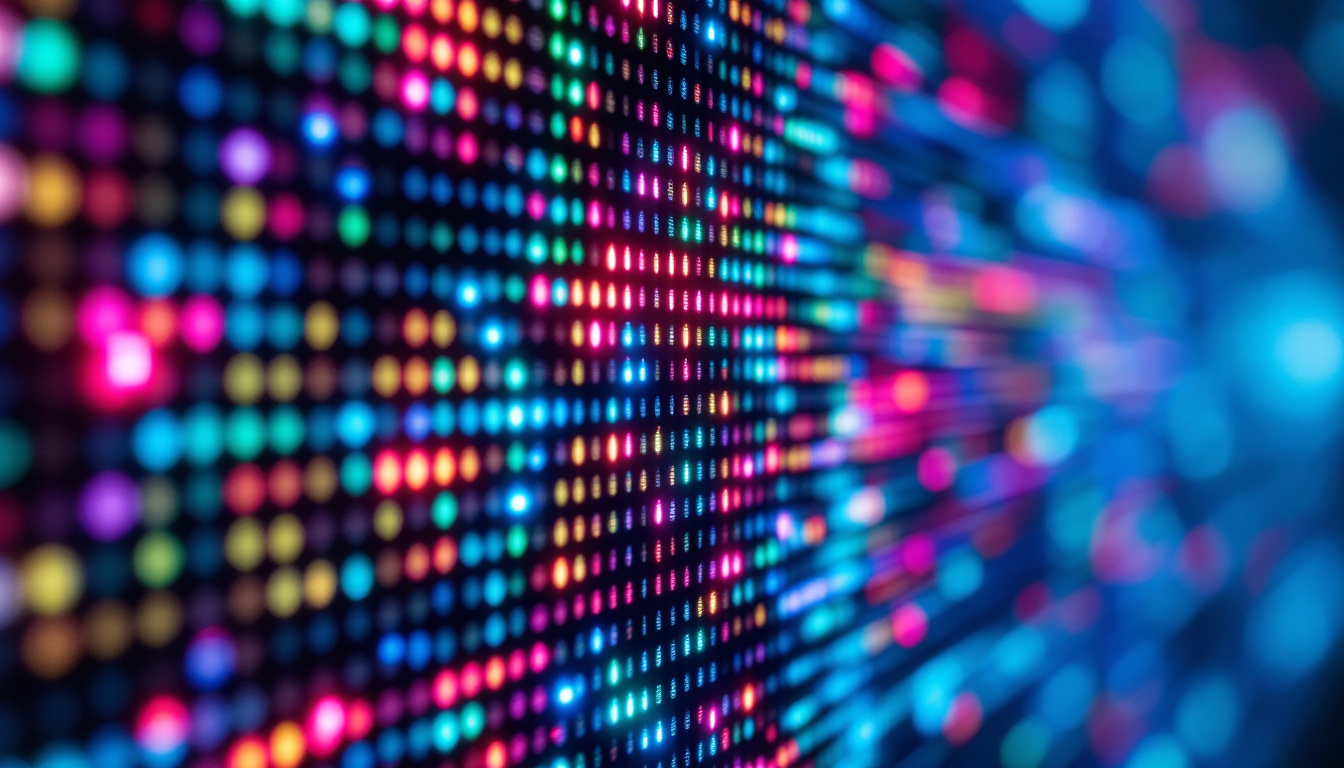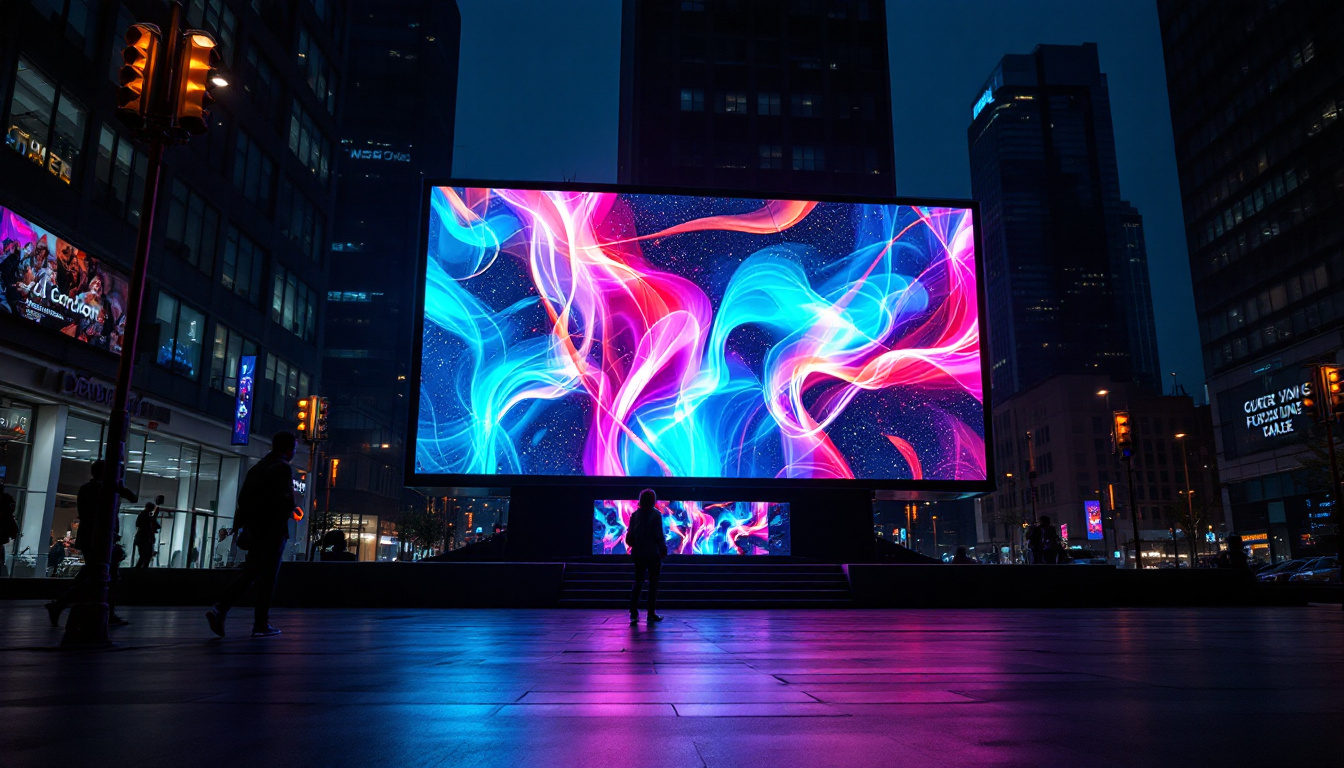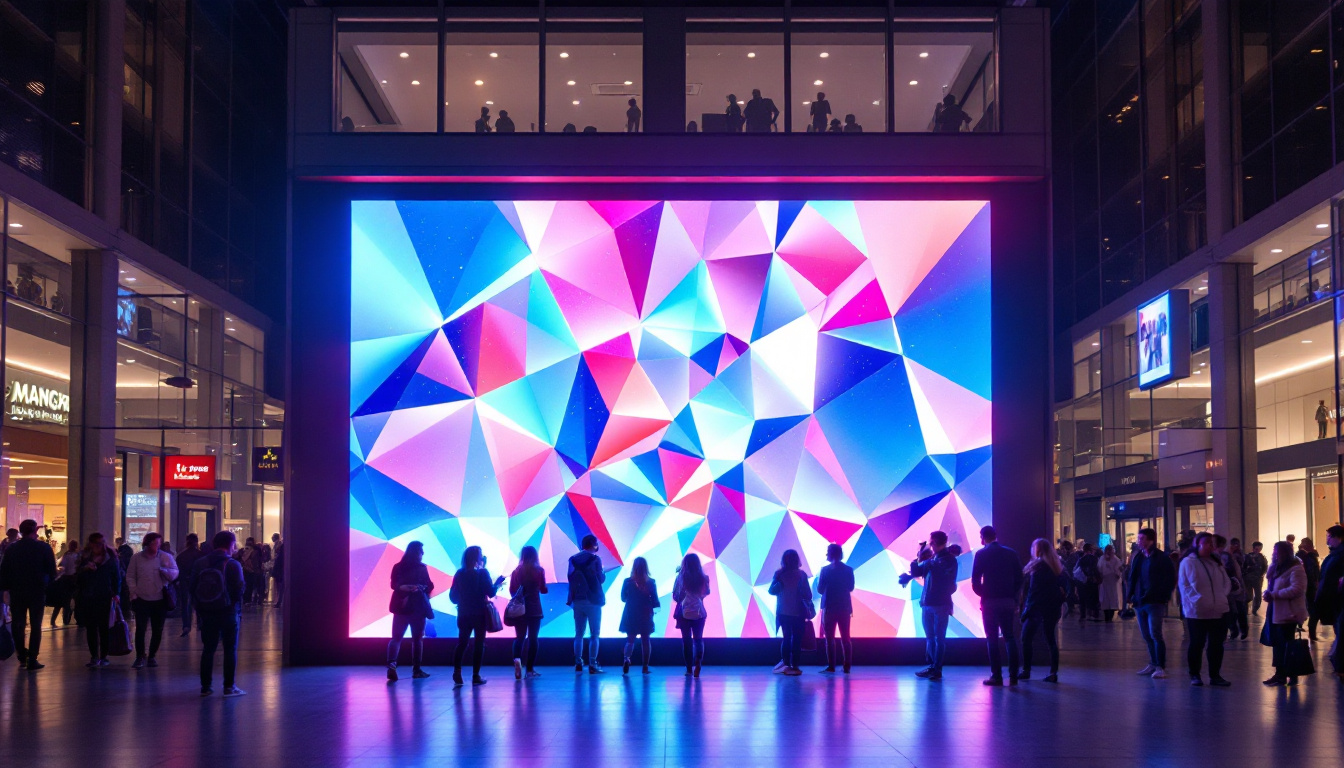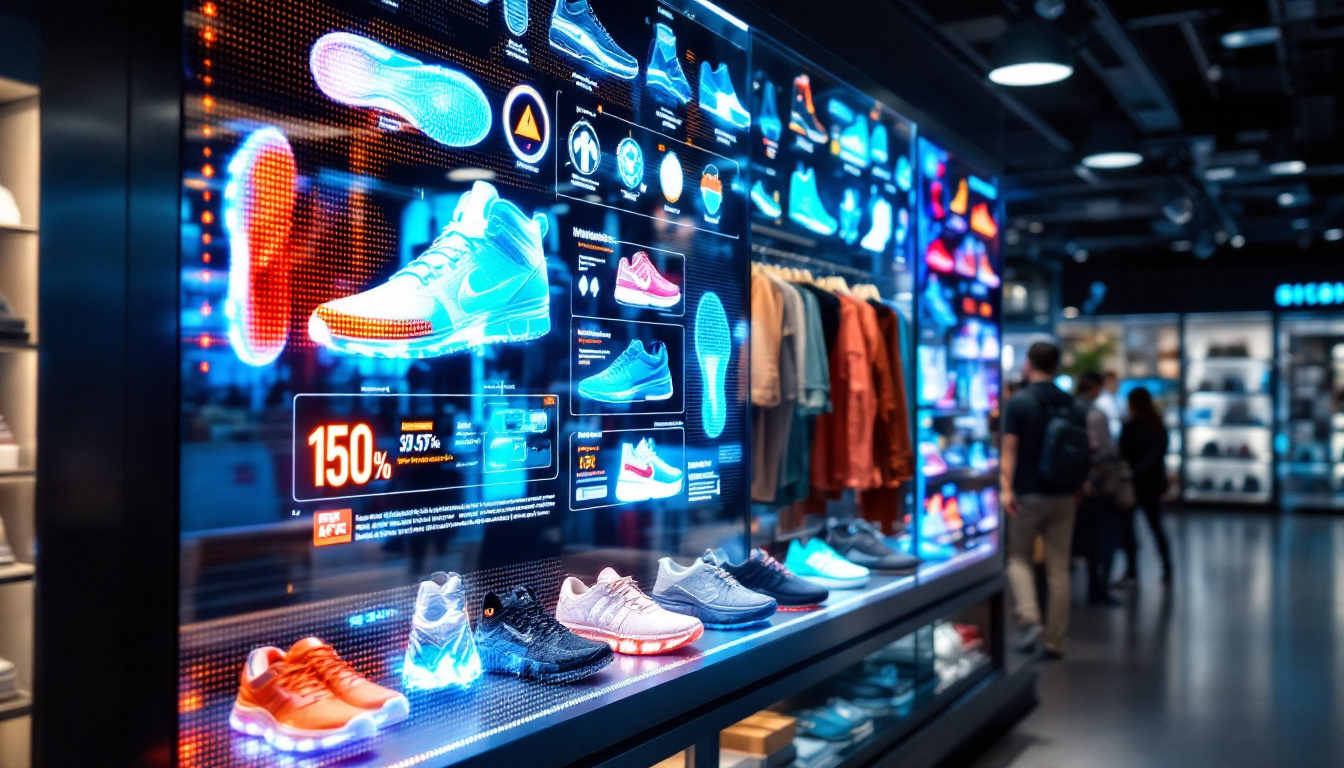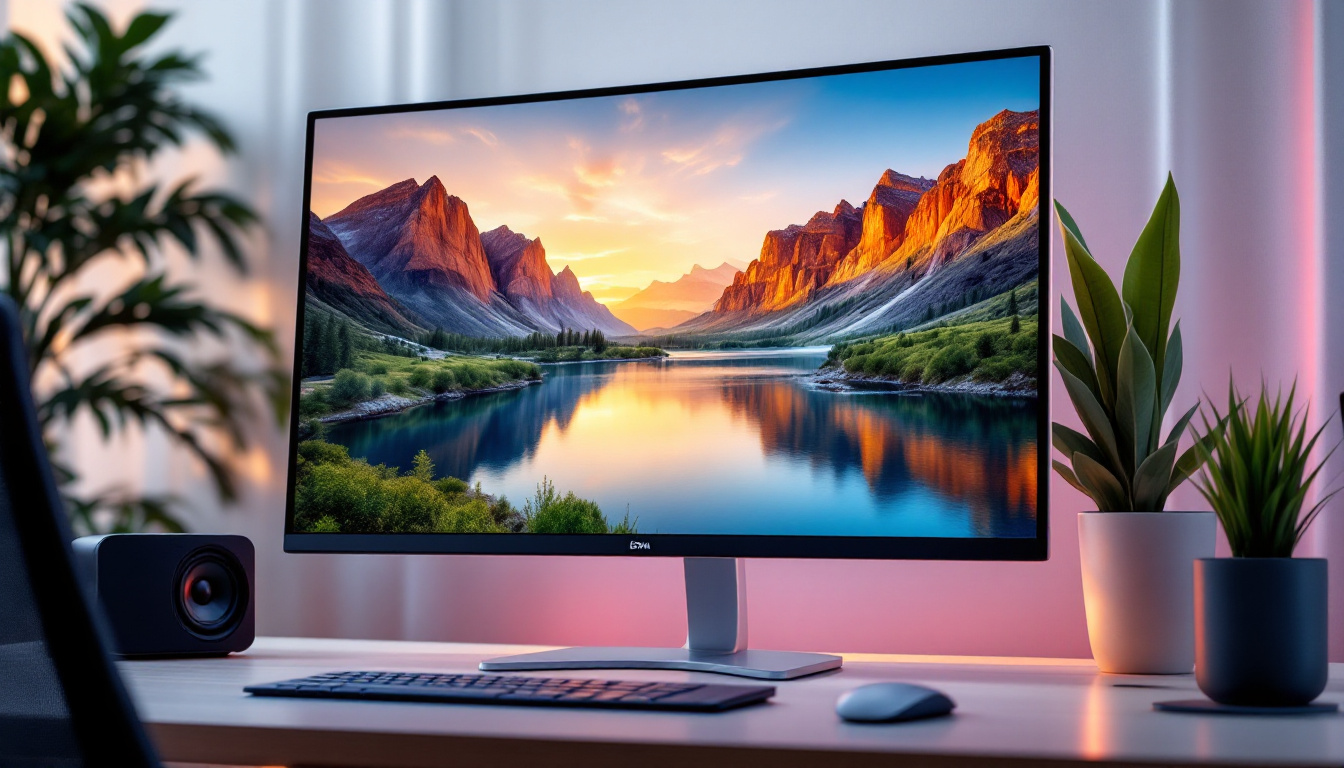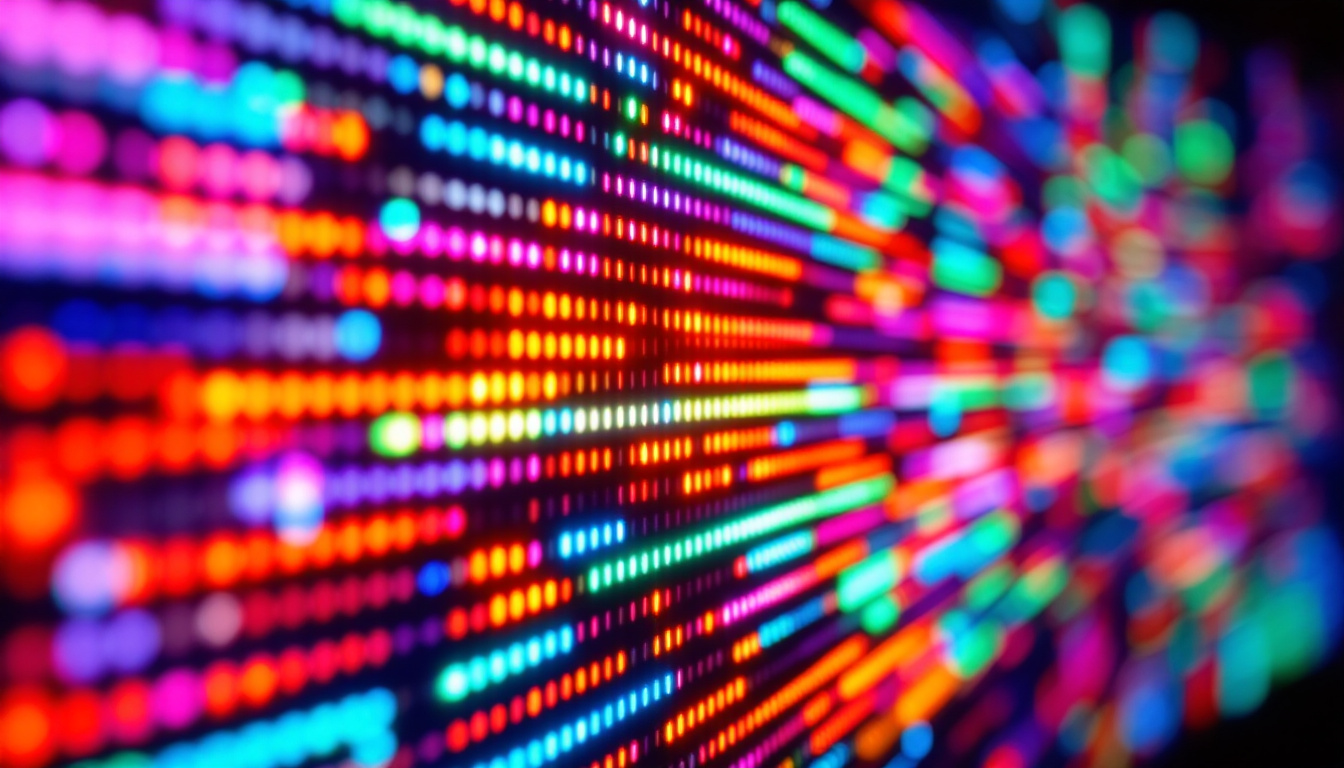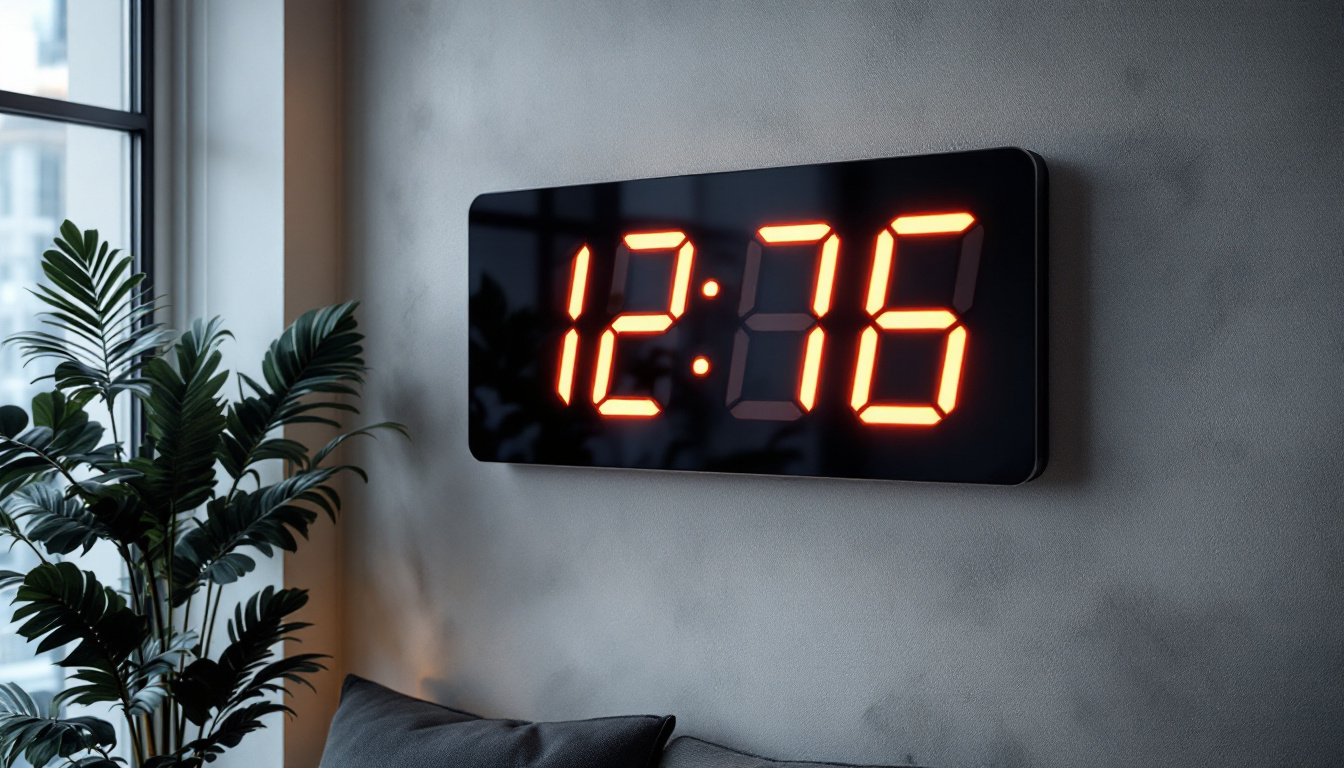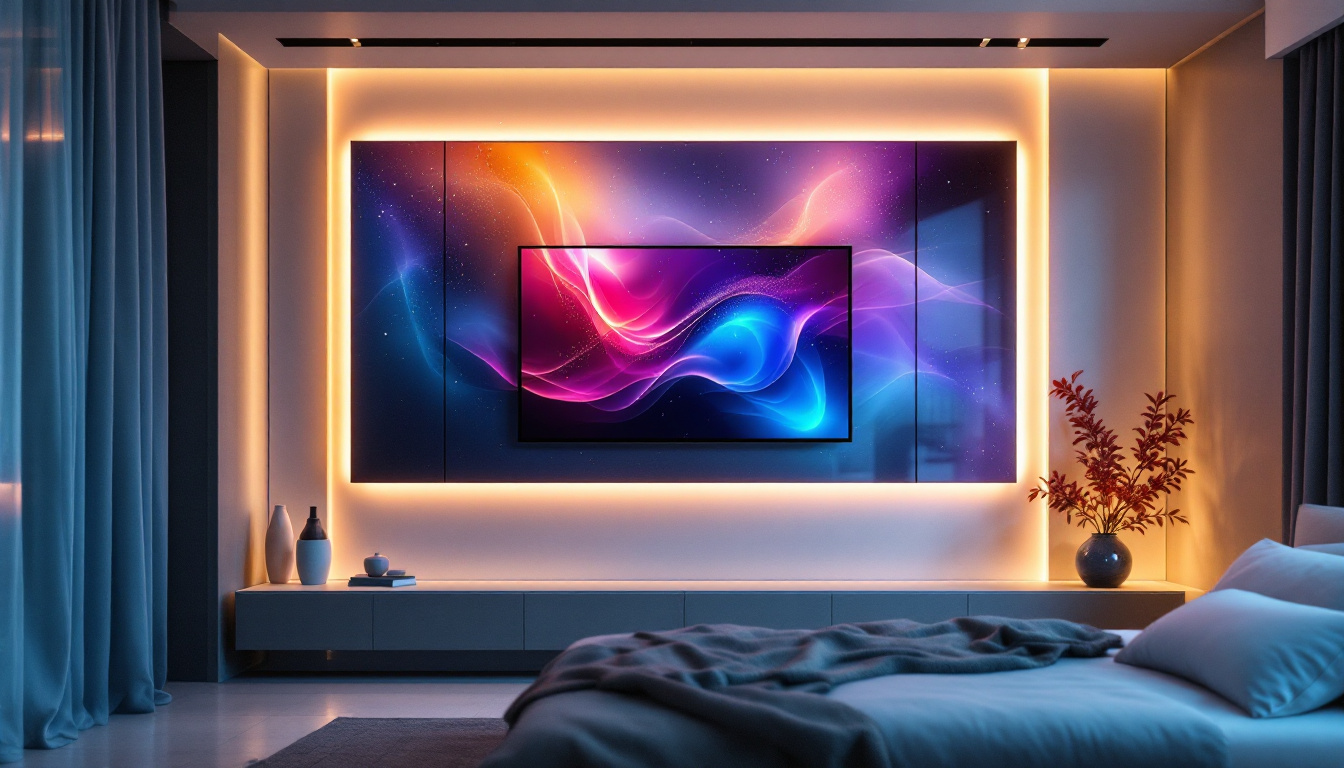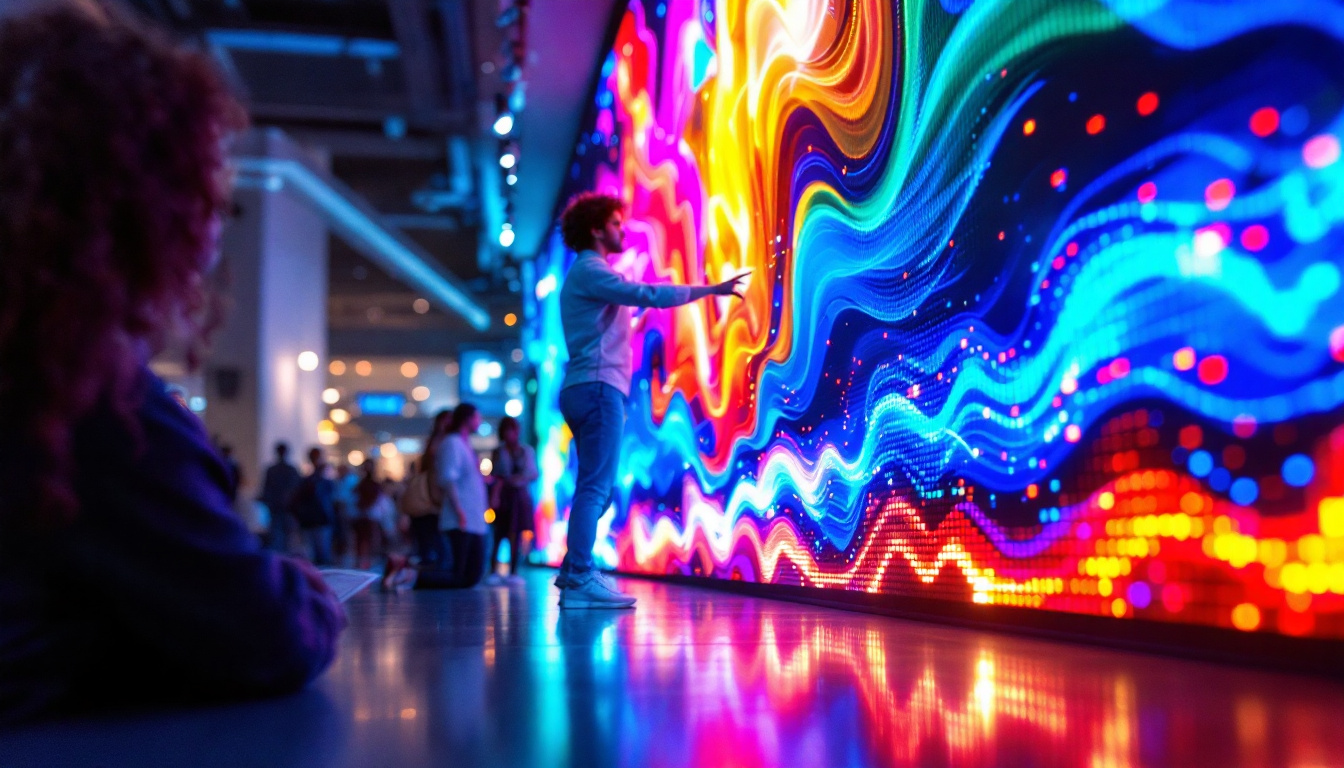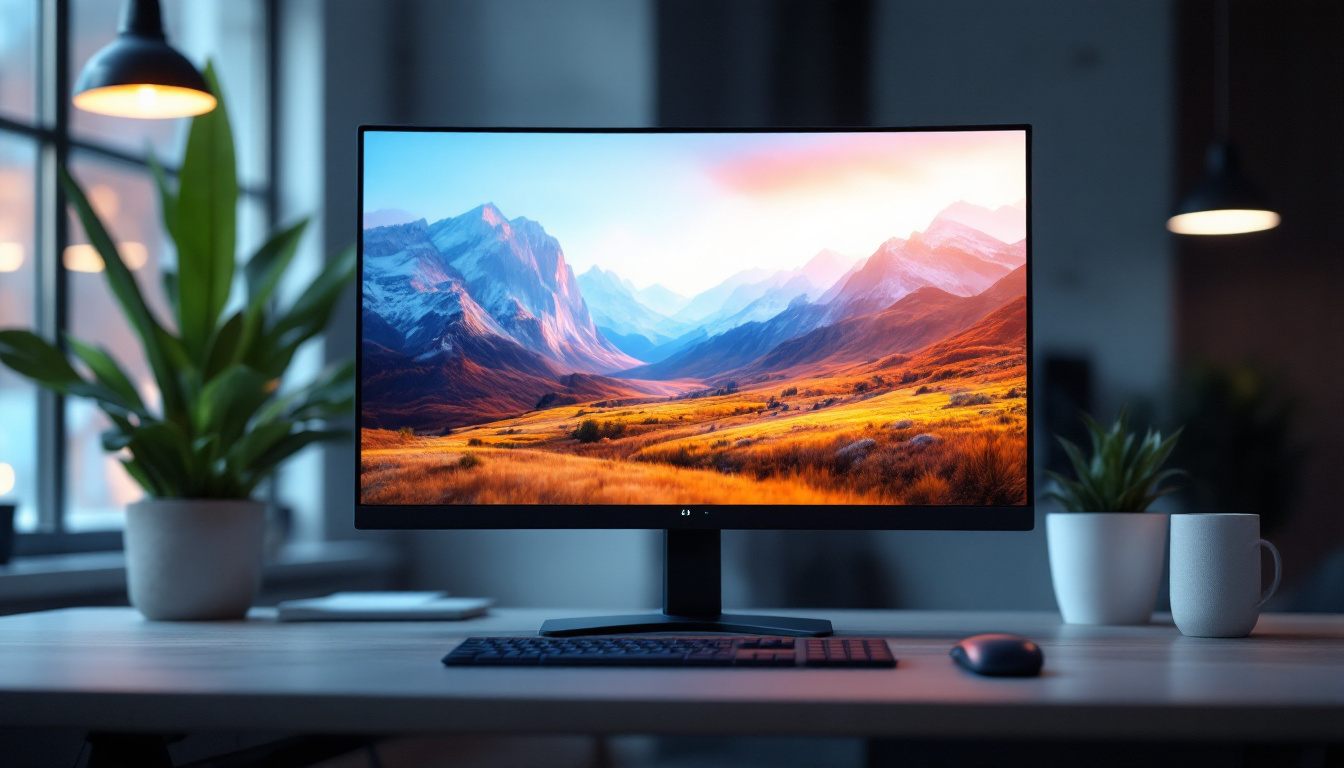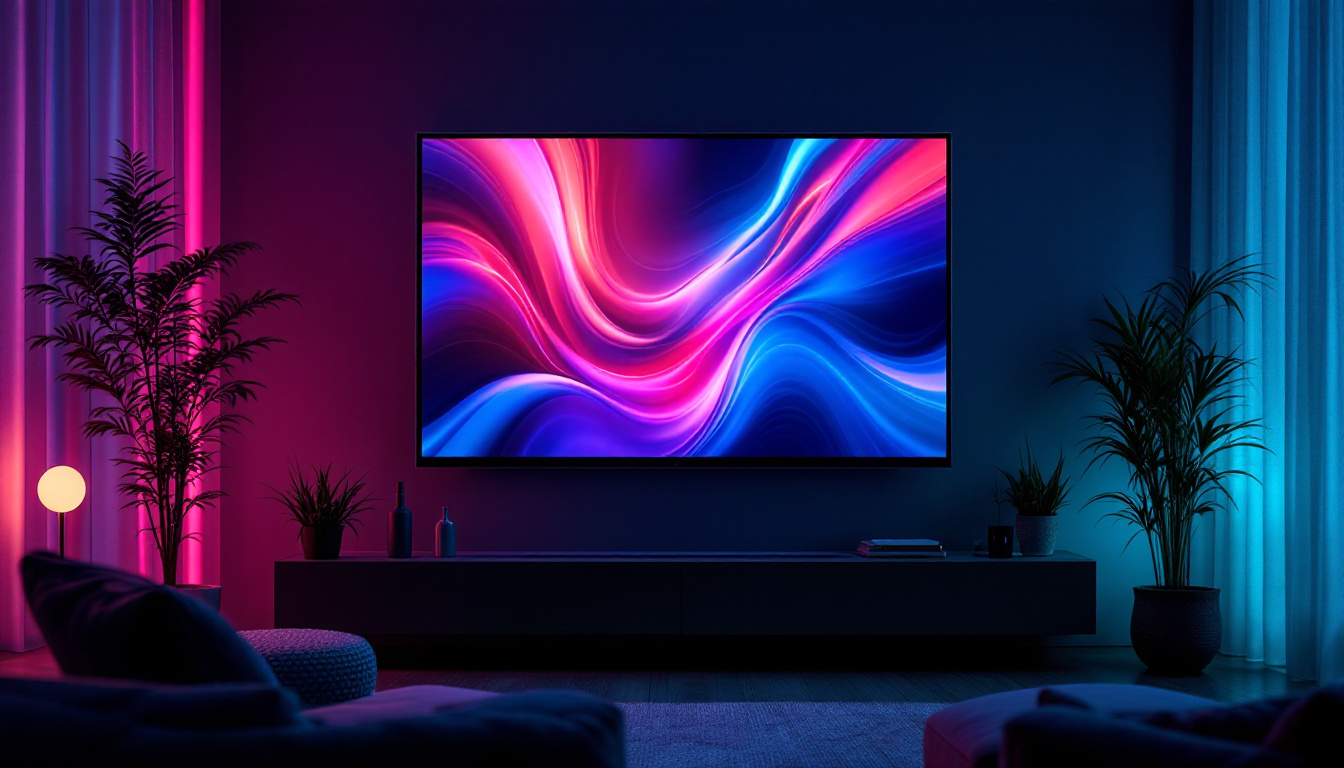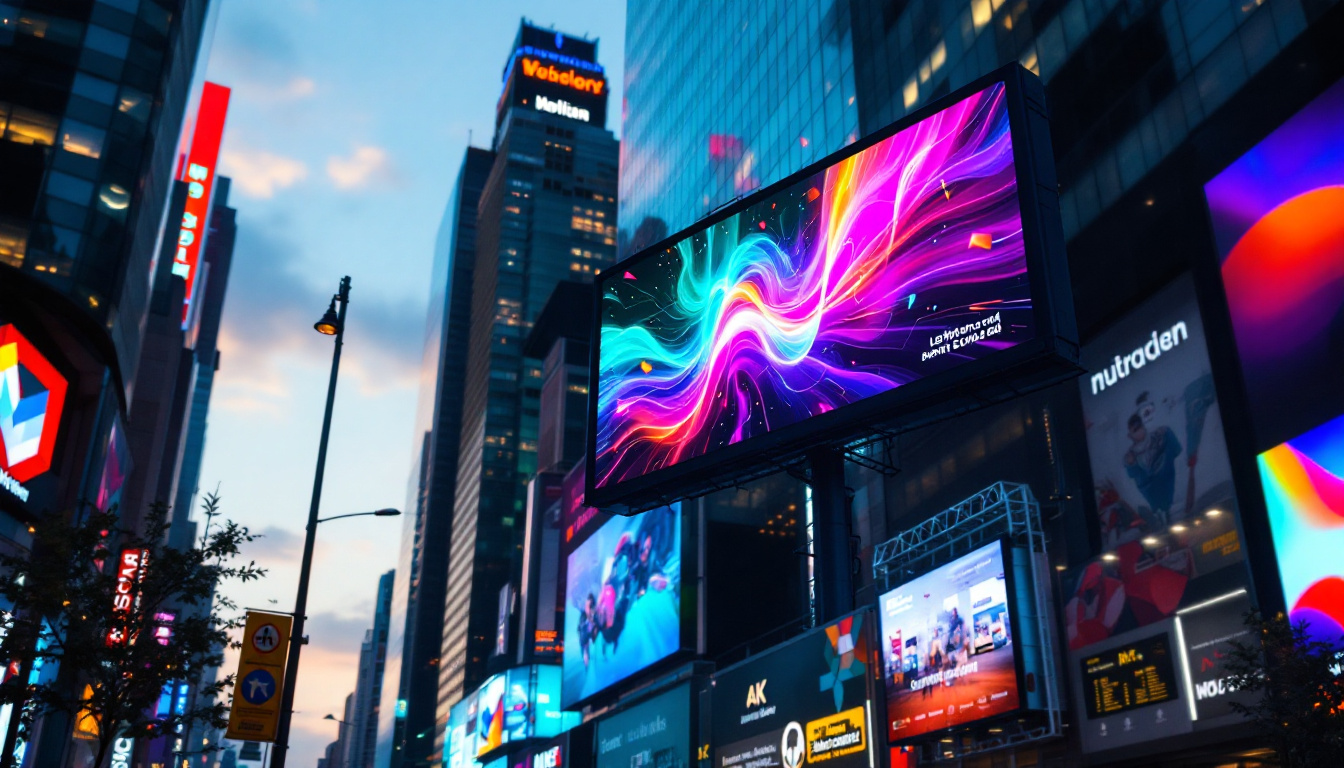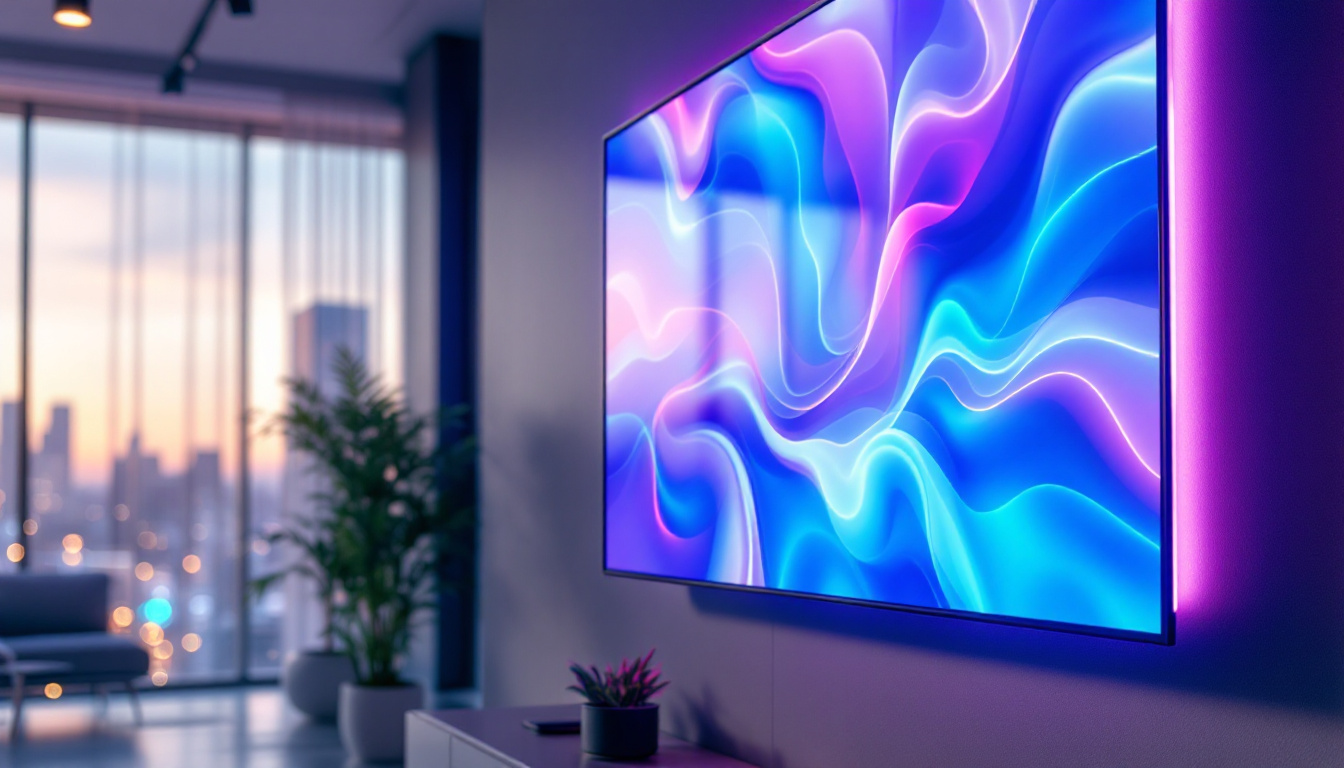In today’s fast-paced digital world, the way we consume media has evolved dramatically. One of the standout innovations in this realm is the integration of LED displays with projector screens. This combination not only enhances viewing experiences but also offers a multitude of benefits for both personal and professional settings. Understanding how these technologies work together can help consumers make informed decisions when it comes to setting up their own home theaters, conference rooms, or educational environments.
Understanding Projector Screens
Projector screens serve as the canvas for projected images, transforming any space into a visual experience. These screens come in various types, sizes, and materials, each designed to cater to different needs and environments. The choice of a projector screen can significantly impact image quality, brightness, and overall viewing experience.
Types of Projector Screens
There are several types of projector screens available on the market, each with unique features. The most common types include fixed-frame screens, retractable screens, and portable screens. Fixed-frame screens are ideal for dedicated home theaters, providing a taut surface that enhances image quality. Retractable screens, on the other hand, offer versatility and convenience, allowing users to hide the screen when not in use. Portable screens are perfect for presentations on the go, providing an easy setup for various environments.
Additionally, the material of the screen plays a crucial role in the viewing experience. Screens can be made from materials like matte white, high-gain, or even specialized fabrics designed for ambient light rejection. Each material has its own set of advantages, influencing factors such as color accuracy, contrast, and brightness. For instance, high-gain screens are often used in environments with significant ambient light, as they can reflect more light towards the audience, enhancing visibility. Conversely, matte white screens are favored for their wide viewing angles, making them suitable for larger audiences.
Choosing the Right Screen Size
When selecting a projector screen, size is an important consideration. The ideal size depends on the viewing distance, the resolution of the projector, and the space available. A general rule of thumb is to sit at a distance that is 1.5 to 2.5 times the diagonal size of the screen for optimal viewing. This ensures that viewers can appreciate the details without straining their eyes.
Moreover, the aspect ratio of the screen should align with the content being displayed. Common aspect ratios include 16:9 for widescreen formats and 4:3 for traditional presentations. Choosing the right aspect ratio can enhance the viewing experience, ensuring that images and videos are displayed without distortion. Furthermore, some screens come with adjustable aspect ratios, allowing users to switch between formats depending on the content, which is particularly beneficial for versatile environments where different types of media are presented. This flexibility not only accommodates various viewing preferences but also maximizes the screen’s utility across different applications, from cinematic experiences to business presentations.
The Rise of LED Displays
LED displays have gained immense popularity in recent years due to their vibrant colors, high brightness levels, and energy efficiency. Unlike traditional projection systems, which rely on bulbs, LED displays use light-emitting diodes to create images, resulting in a more dynamic visual experience. This technology has not only transformed the way we view content but has also influenced various industries, from advertising to entertainment, by providing a platform for more engaging and interactive displays.
Advantages of LED Displays
One of the most significant advantages of LED displays is their ability to produce brighter images, making them suitable for a variety of lighting conditions. This is particularly beneficial in environments where ambient light cannot be fully controlled, such as conference rooms or classrooms. Additionally, LED displays have a longer lifespan compared to traditional projection bulbs, reducing maintenance costs over time. This longevity means that organizations can invest in LED technology without the constant worry of replacement, allowing for more consistent and reliable performance.
Moreover, LED technology allows for a wider color gamut, resulting in more vibrant and true-to-life images. This is particularly important for applications such as digital signage, where visual impact is crucial for capturing audience attention. The crispness and clarity of LED displays also make them ideal for detailed presentations and video content. As a result, businesses are increasingly turning to LED displays not only for their functionality but also for their ability to enhance brand visibility and engagement through eye-catching visuals.
Integration with Projector Screens
The integration of LED displays with projector screens offers a unique solution for those seeking the best of both worlds. By using an LED display as a backdrop for projection, users can enhance the overall viewing experience. This setup allows for brighter images while also providing the flexibility of a traditional projector screen. The combination of these technologies can be particularly advantageous in large venues, where the scale of the presentation demands both clarity and impact.
Furthermore, combining LED technology with a projector screen can help mitigate some of the limitations associated with traditional projection systems. For instance, when projecting onto an LED-enhanced screen, the colors appear more vibrant, and contrast levels are improved, resulting in a more immersive viewing experience. This synergy not only elevates the quality of visual content but also opens up new possibilities for creative presentations, such as layering graphics or animations over live video feeds. As the demand for innovative display solutions continues to grow, the integration of LED displays with projector technology is poised to redefine how audiences engage with visual media in various settings, from corporate events to live performances.
Setting Up an LED Display Projector Screen
Setting up an LED display with a projector screen requires careful planning and consideration. The following steps can guide users in creating an optimal viewing environment.
Assessing the Space
Before making any purchases, it is essential to assess the space where the setup will be installed. Consider factors such as the size of the room, the amount of natural light, and the intended use of the display. For example, a home theater may require a different setup compared to a corporate conference room.
Measuring the wall space is also crucial. Ensure that there is enough room for the projector screen and that it is positioned at an appropriate height for viewing. This will help avoid any obstructions and ensure a comfortable viewing experience for all attendees.
Choosing the Right Equipment
Once the space has been assessed, the next step is to choose the right equipment. This includes selecting a suitable projector that complements the LED display. Factors such as resolution, brightness, and throw distance should be considered to ensure compatibility.
In addition to the projector, selecting the right LED display is vital. Consider the size, resolution, and features of the display. A higher resolution display will provide sharper images, while a larger size may be necessary for larger audiences. It is also essential to ensure that the display has the necessary connectivity options to work seamlessly with the projector.
Best Practices for Maintenance
Maintaining an LED display and projector screen is essential for ensuring longevity and optimal performance. Regular maintenance can prevent issues and enhance the viewing experience over time.
Cleaning and Care
Cleaning the projector screen and LED display should be done regularly to remove dust and fingerprints. For projector screens, use a soft microfiber cloth and a gentle cleaner specifically designed for screens. Avoid using abrasive materials that could damage the surface.
For LED displays, follow the manufacturer’s guidelines for cleaning. Typically, a damp cloth can be used to wipe the screen, but it is important to avoid using harsh chemicals that could harm the display. Regular cleaning helps maintain image quality and prevents any buildup that could affect performance.
Regular Software Updates
For LED displays, keeping the software updated is crucial for optimal performance. Manufacturers often release updates that enhance functionality, improve security, and fix bugs. Regularly checking for updates ensures that the display operates smoothly and efficiently.
Additionally, for projectors, it is important to check the lamp hours and replace the bulb when necessary. Keeping track of usage can help prevent unexpected outages during crucial presentations or viewing sessions.
Applications of LED Display Projector Screens
The combination of LED displays and projector screens has a wide range of applications across various sectors. From entertainment to education, the versatility of this technology is evident.
Home Theater Systems
In home theater setups, the integration of LED displays with projector screens can create a cinematic experience. The vibrant colors and high contrast levels of LED technology enhance movie nights, making every scene come to life. This setup is perfect for avid movie enthusiasts who seek the ultimate viewing experience in the comfort of their homes.
Corporate Presentations
In corporate environments, LED display projector screens are invaluable for presentations and meetings. The bright, clear images ensure that all attendees can see the content, regardless of their seating position. This technology allows for engaging presentations that can capture the attention of audiences, making it easier to convey complex information effectively.
Educational Settings
In educational institutions, the combination of LED displays and projector screens facilitates interactive learning. Teachers can display multimedia content that enhances lessons, making learning more engaging for students. The ability to project images and videos alongside LED displays allows for a dynamic classroom environment that fosters creativity and collaboration.
Conclusion
The integration of LED displays with projector screens represents a significant advancement in visual technology. By understanding the benefits and applications of this combination, consumers can make informed decisions that enhance their viewing experiences, whether at home, in the office, or in educational settings. As technology continues to evolve, the possibilities for creating immersive and engaging environments are limitless.
Ultimately, the choice between traditional projection and LED technology will depend on individual needs and preferences. However, the advantages of LED displays, particularly when combined with projector screens, are undeniable. Embracing this technology can lead to a richer, more vibrant visual experience that enhances every aspect of media consumption.
Discover LumenMatrix LED Display Solutions
Ready to elevate your visual experience with the latest in LED display technology? Look no further than LumenMatrix, a pioneer in crafting immersive LED display modules tailored for any setting. Whether you’re seeking to captivate your audience with an Indoor LED Wall Display, make a bold statement with an Outdoor LED Wall Display, or innovate with Custom LED Display options, LumenMatrix has the solution to transform your space. Embrace the future of visual communication and check out LumenMatrix LED Display Solutions today to bring your brand’s message to life with unparalleled clarity and impact.

